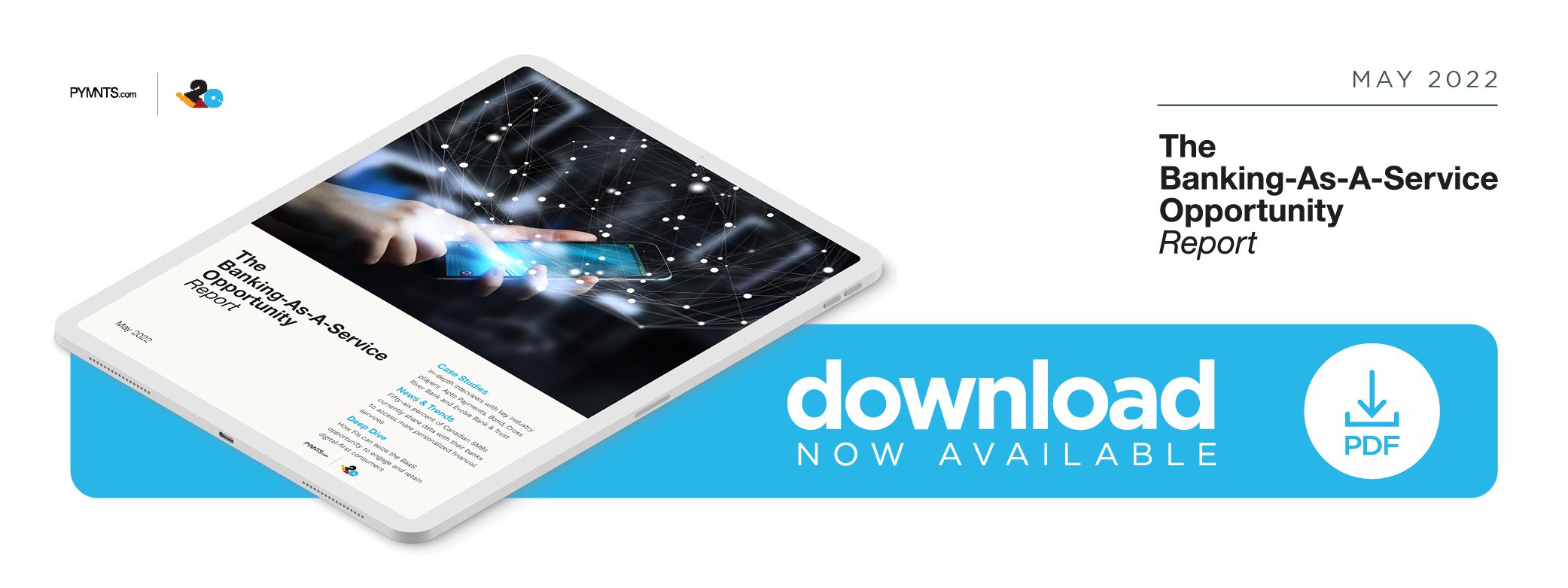Cross River Bank on How Embedded Finance Can Accelerate Payments in Niche Markets

PYMNTS’ new “Banking-As-A-Service Opportunity Report” examines how FIs and Banking-as-a-Service providers are creating the invisible, frictionless financial services experiences their customers expect.
Contactless and other digital payment alternatives gained significant popularity during the pandemic, enabling in-store and online retailers to stay in business and heightening the demand for faster forms of payment, said Keith Vander Leest, payments director at embedded financial solution provider Cross River Bank.
“What we saw with our lending providers and then our more generic payment providers is that they were always looking for faster and faster forms of payments,” he said. “From standard automated clearing house (ACH) to same-day ACH, in the U.S. specifically, the pandemic just accelerated it with rising interest rates and inflation and cost of funds becoming more and more of a concern.
“If [businesses] can move the money faster, that means less money is tied up in that payment flow. That was part of something we saw during the pandemic: supply chain [issues] and people needing to move money faster. And we’re seeing it now in the [B2B] space: costs of funds are increasing.”
Consequently, businesses are looking to innovate their payment processes but are facing an array of challenges. A key challenge is managing payment flow in a know your customer (KYC) and anti-money laundering (AML) compliant manner: finding a technology provider that can handle customer information correctly and guarantee it is not used for money laundering.
“Many providers out there are not themselves banks, and they are essentially relying on other banks to provide that compliance infrastructure,” Vander Leest said. “All of the things that banks help prevent from happening in the financial system, that’s where we FinTechs need to really think. The tech part of FinTech comes very easy to most of our clients, but the challenging part is the compliance or the financial services aspect.”
Serving a Diverse Customer Base
Vander Leest also said it is vital that FinTechs support a diverse set of seamless payment and financial tools to provide a positive redundancy if one system fails or is inaccessible to a particular customer. Supporting a wide range of payment options and financial tools enables FinTechs to meet the needs of a diverse customer base, he said.
“Most of our partners have different use cases, and a solution that works really well for one use case may not work as well for a different use case,” he continued. “So, it’s important to have a diverse solution set. Also, different providers are bringing new products. Regardless of whether or not it’s going to be the chosen payment rail, we want to make sure that we’ve got the fastest payment rails around. If something new is coming out, we’re going to support it.”
Banking-as-a-Service (BaaS) or embedded finance plays an important role here, bringing various benefits to businesses, particularly nonfinancial companies, according to Vander Leest.
“Embedded finance allows customers to get more solutions from one provider,” he said. “It helps with retention, [as they can say]: ‘There’s more value I’m getting from this provider, therefore, I’m more likely to stay with them.’ Obviously, there are economic benefits as well.”
Embedded finance also allows for very specific verticals to embed BaaS into their niche technology solutions.
“You can grow across all the different verticals and those are the types of companies that I personally get really excited about,” he said. “Payments and finance touch every vertical, and there are oftentimes pretty archaic forms of payments happening in those niche verticals. There’s a lot of friction in the process that a lot of FinTechs are trying to solve. Part of it is better payments, but part of it is better software and tools specific to that vertical or industry.”
Stressing Compliance’s Importance
For companies looking to adopt an embedded finance solution, Vander Leest reiterated the need to work with FinTechs that can meet financial compliance requirements.
“It’s [crucial] that the provider you’re looking to work with not only has great technology, but is thinking about compliance [correctly],” he said. “Make sure that you know they are protecting your customers’ information and the integrity of the entire financial system. Most challenges that most of our partners have are around the importance of [developing] a compliant payment program.”
Vander Leest also said that businesses should look at the application programming interfaces (APIs) a FinTech provides.
“When you’re thinking about a tech provider for payments, I recommend that everyone look at their APIs, get into the sandbox, make sure you understand what the API can do,” he said.
This advice is sound, especially for nonfinancial companies. After all, best utilizing an embedded finance solution to enable easy and fast payment requires organizations with niche verticals to understand their technology in the same detailed way that they already know the details of their specific market.
